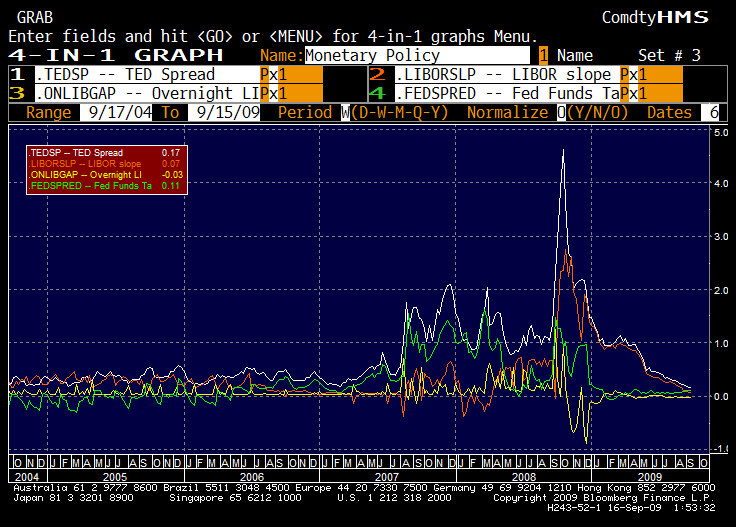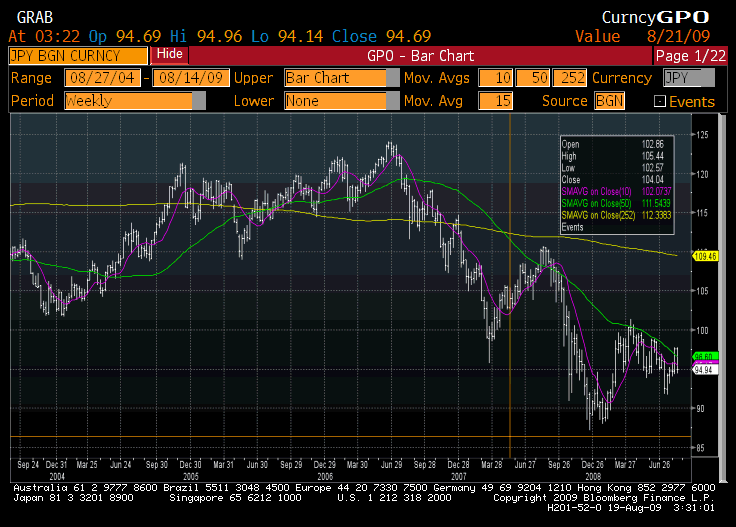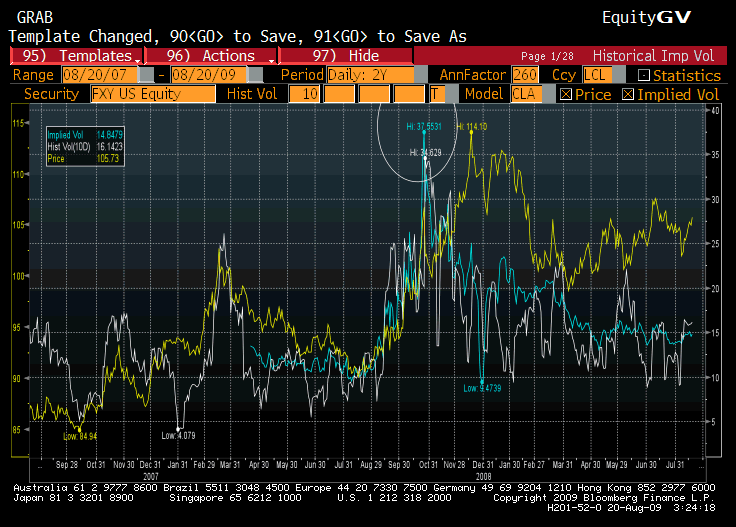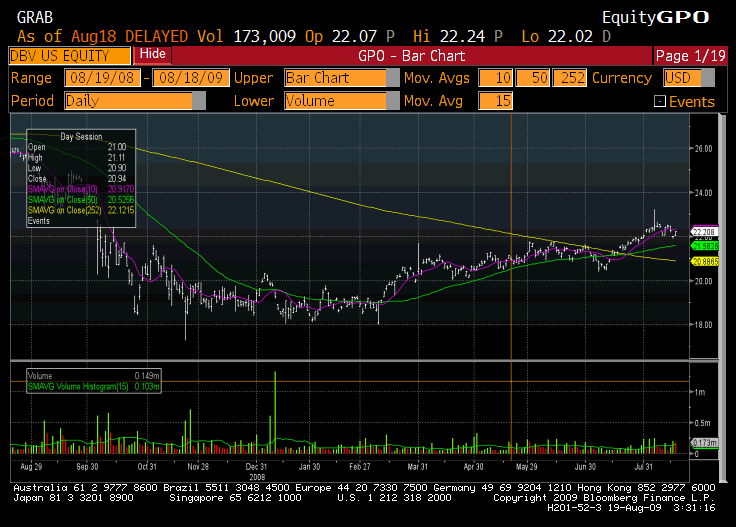Some Praise and Questions for the US Treasury
1) Perhaps the US Treasury is getting a few things right.? Let’s start with lengthening the average maturity of Treasury debt.? I have backed this idea in the past.? It is worthy to note that zero coupon yields peak out around 20 years out, and then start declining.? It is quite possible that debt longer than 30 years might price at a discount to 30-year debt, if for no other reason than there is a demand for longer debt as an asset to fund longer liabilities with seeming certainty.
The US Treasury is finally getting some sense in this matter, and is looking to lengthen their maturity profile.? Good for them; let’s see if foreign investors are willing to take down longer-dated dollar-denominated debt.
2) I have also encouraged the concept of liquidating institutions that are “Too Big to Fail;”? I believe they deserve a special chapter in the bankruptcy code.? Well what do you know?? Congress is proposing much the same idea. (Ugh, Barney Frank agrees with me?? But, so does Sheila Bair.? Better company.)? Here are some of the details.? Far better to liquidate such institutions rather than bailing out the holding companies (what idiocy!).? That said, why would we give more money to GMAC?? It is not critical in a systemic sense.? Let it go under.
3) Most stimulus programs waste money.? Better to rebate taxes to everyone equally.? It is fairer than choosing favorite firms or markets.? With that I would argue that it is time for the first time buyer credit to end in residential real estate.? Most of those that bought would have bought anyway, and the credit benefited sellers more than buyers as it pushed prices up for now.
4) The efficient markets hypothesis did not mean that market prices are always right, as if we hit that evanescent neoclassical equilibrium.? No, prices are always wrong to some degree, but that does not mean it is easy to recognize the mistakes.? So I limitedly back Jeremy Siegel, who says that the efficient markets hypothesis was not to blame for this crisis.? That said, common misunderstandings of the EMH did affect the crisis, because markets do self-correct, but over years and decades, not months or days.
5) If you had the ability to ask one question to Tim Geithner, Secretary of the Treasury, what would it be?? I have my list, but maybe I am off base.? As I close for the morning, here are my questions:
- Haven’t low interest rates boosted speculation and not the real economy?
- We are looking at big deficits for the next seven years, but what happens when the flows from Social Security begin to reverse seven years out?? What is your long-term plan for the solvency of the United States?
- We talk about a strong dollar policy, but we flood the rest of the world with dollar claims.? How can we have a strong dollar?
- None of your policies has moved to reduce the culture of leverage.? How will you reduce total leverage in the US?
- Why did you sacrifice public trust that the Treasury would be equitable, in order to bail out private entities at the holding company well?? People now believe that in a crisis, the government takes from the prudent to reward the foolish.? Why should the prudent back such a government?
- If we had to do bailouts, why did we bail out financial holding companies, which are not systemically important, instead of their systemically critical subsidiaries?
- We are discussing giving tools to regulators for the tighter management of the solvency of financials.? There were tools for managing solvency in the past that went unused.? Why should we believe the new “stronger” tools will be used when the older tools weren’t used to their full capacity?? (The banks push back hard.)
I doubt that I will get a chance to have those questions answered, but who knows?? From Quantcast, I know that some at the US Treasury and the Federal Reserve (I have my own set of questions there) read my blog regularly, so I leave it up to them ponder my questions, whether I ever get answers or not.







